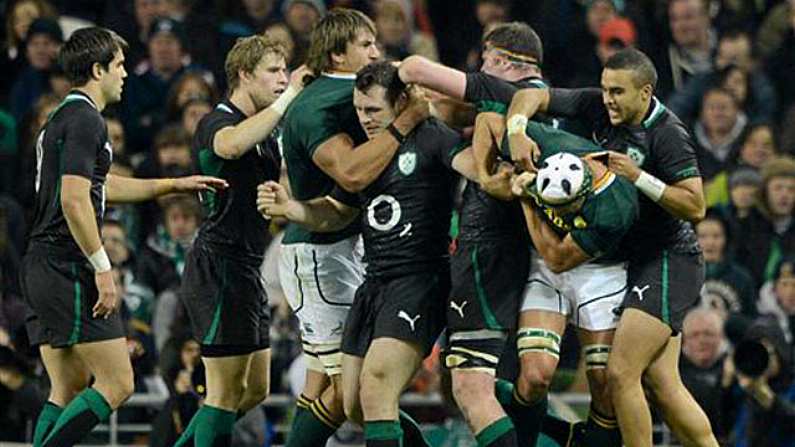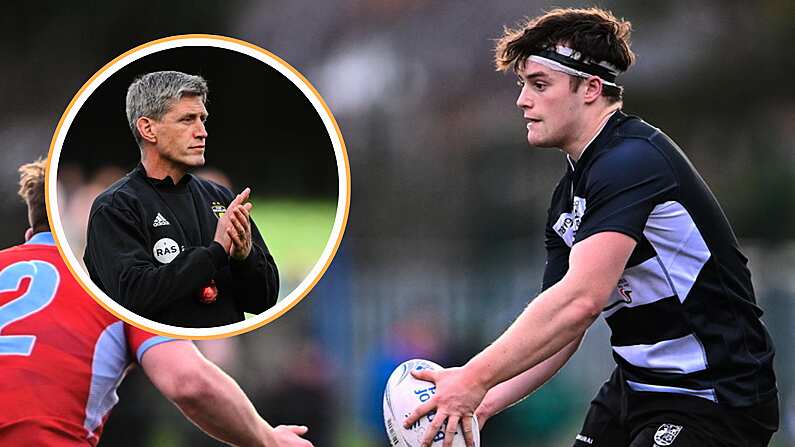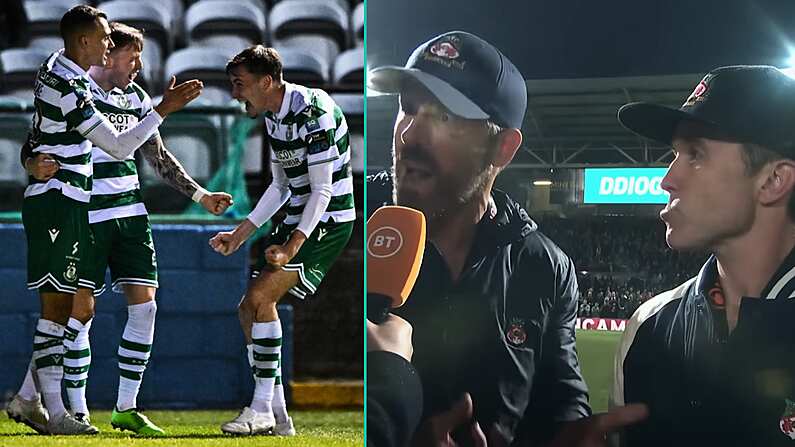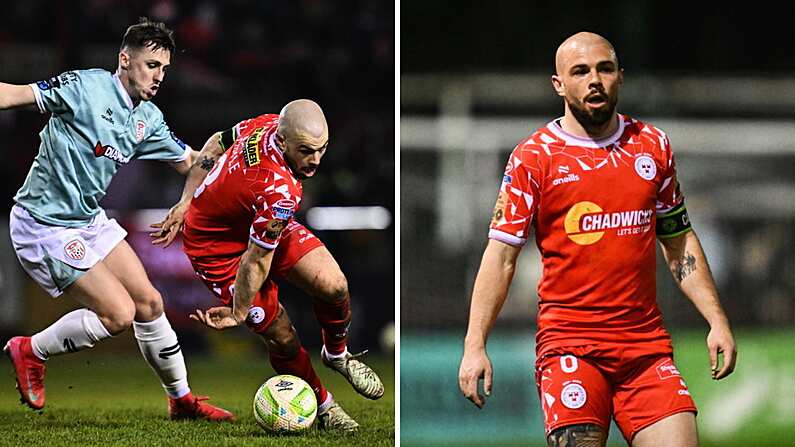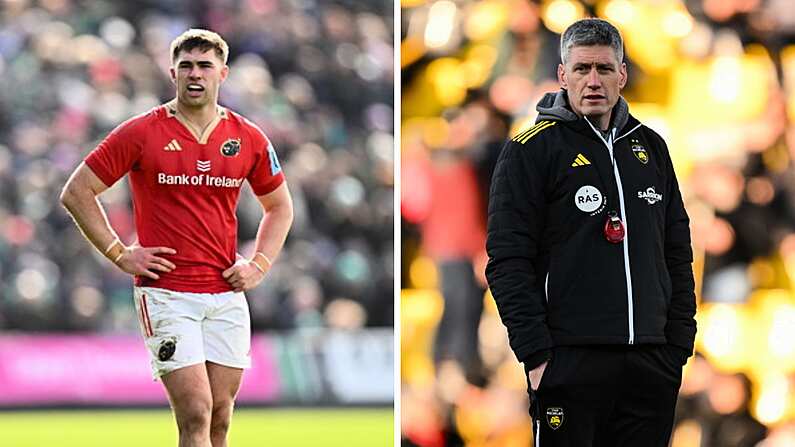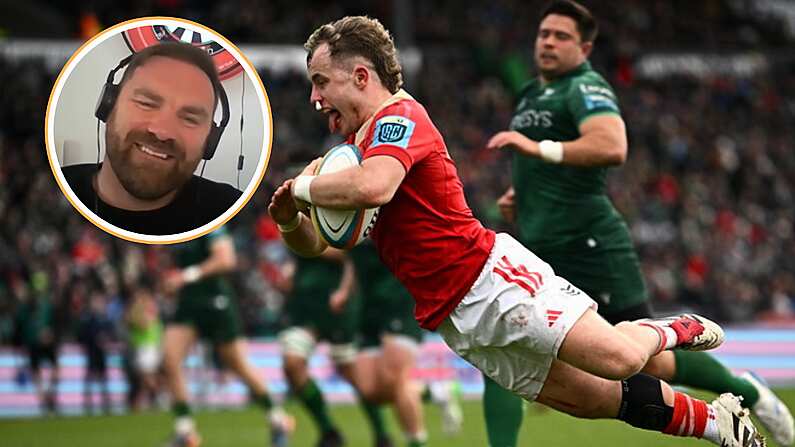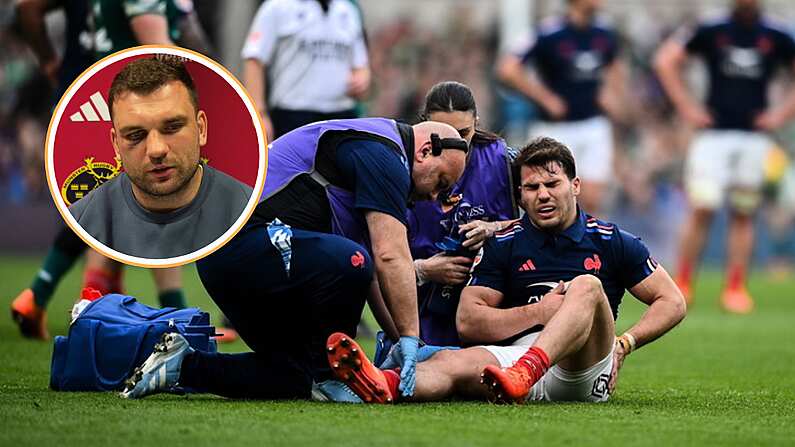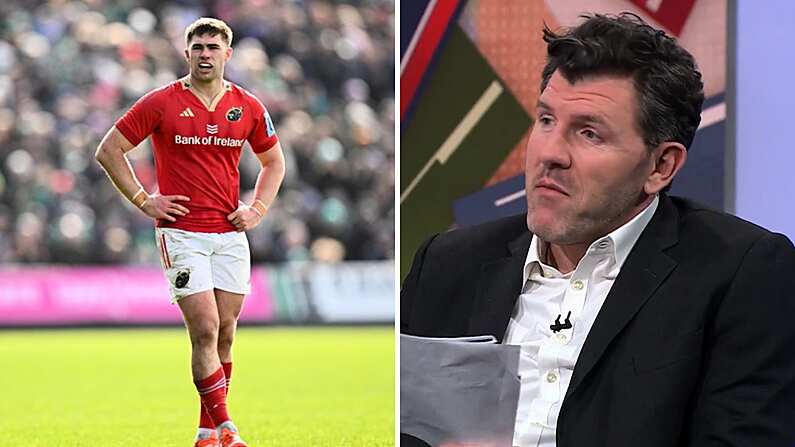The Irish media and the general Irish rugby fan on twitter aren't giving Ireland much of a chance this weekend when taking on World Number 2 ranked South Africa. The Springboks have evolved from their stereotypical kicking and territorial based game since Heineke Meyer took over in 2012. They've added some flair and offloading to their physical game which is based around the playmaking skills of talented fullback Willie le Roux. Does that mean that Ireland don't have a chance? Nonsense, as 6 Nations champions, Joe Schmidt has developed a panel of 45-60 international quality players, and despite a few injuries, it's very possible that Ireland will come out of Saturday with their 4th win in 6 matches against our southern hemisphere rivals.
Here is a 5 step guide for Ireland to triumph come 7pm on Saturday, so how do we go about beating the Springboks?:
1. The Set-piece
It's self explanatory that if a team can secure possession from it's scrums and lineouts, that they will always have a chance. That's why, with Martin Moore and Nathan White injured, it is vital that Mike Ross is starting for Ireland. The loss of Cian Healy is always bad, but it's arguable that Jack McGrath is a better scrummager than his Leinster colleague, but doesn't offer as much in open play. Against South Africa, that's not necessarily a concern. Paul O'Connell is a bulky lock who will pack down behind Ross and that should anchor the scrum for the onslaught from "The Beast". That match-up is vital for Ireland to gain a foothold in the contest, and with Romain Poite refereering, early scrums will be vital for Poite to decide who is on top during the game. Off the bench, Dave Kilcoyne can be hit of miss in the scrum, but is mostly a good prospect. He will have his hands full against converted loosehead Coenie Oosthuizen who has been able to hold up the other side of the scrum in the past. It's vital that when Rodney Ah You comes on that he continues his recent impressive scrummaging. Ah You's power is not in question, but he needs perfection technique against the South Africans.
Victor Matfield is renowned as the best lineout technician in the world, and Eben Etzebeth's spring at the front of the lineout is astonishing. It's obvious that it is coming, but opposition teams can't do anything to counter act it. If Matfield is the best second row at lineouts, than Paul O'Connell is the next best. He will be ably assisted by 6'10''Devin Toner who will be a nightmare for the sometimes erratic lineout throwing of Bismarck du Plessis. With options like O'Mahony, Heaslip and the two locks, Ireland should have enough to give Cronin confidence, and will ensure that at the minimum that they secure their own ball. Simon Easterby will have big shoes to fill taking over from the highly successful John Plumtree.
2. Half-back Match-Ups
If there is one area that Ireland have the advantage it's in the halfbacks. South Africa are shorn of their first and second choice scrumhalves in Fourie du Preez and Ruan Pienaar. Francois Hougaard has played most of his rugby on the wing where he is most dangerous, but has expressed a desire to play as scrumhalf. Hougaard plays an up-tempo game, which doesn't always suit the South Africans. He doesn't have the control that Pienaar brings, which would benefit his 20 year old halfback partner. Handre Pollard is the next big thing. Or rather, he has been the next big thing for a while. He has played in the Junior World Cup for the last 3 years which is very impressive. He is the current Junior Player of the Year, and has shown some class in his senior Springbok appearances. The talented Springbok is being exalted in the Irish media, but he can get nervous when taking goalkicks.
Conor Murray and Jonny Sexton are better suited to controlling the game, and Sexton should be able to defend against the running threat of Pollard. The Irish kicking game needs to be spot on. Either long high kicks with good chases to the wingers who don't kick themselves, or low kicks into touch that don't give the talented back three, with le Roux in particular time to counter.
3. Low tackling/Breakdown
It doesn't make sense for Ireland to invite more scrums against a team as good at them as South Africa unless they are very on top. For this reason, it's unlikely we'll see the choke tackle used at all. It's more likely that the opposite will happen. I expect less than five tackles for Peter O'Mahony in this game, and a lot will be asked of Chris Henry. Ireland are likely to aim low when tackling, using the chop tackle to try and get the Springboks on the ground as quickly as possible, so O'Mahony can get in over the ball as quick as he can. At the very least, this will slow down the South Africans, but with Romain Poite's interpretation of the breakdown, it could mean a lot of turnovers and penalties in our favour.
4. The New Centre Pairing
A big talking point from Joe Schmidt's team selection is the new centre partnership. There's no Gordon D'Arcy or Stuart Olding, but both Robbie Henshaw and Jared Payne will be starting. As discussed yesterday, while there is a difference between inside and outside centre, it's more important to have a balance in centre. Both players have the ability to move their feet and create space in attack. Henshaw will be looked to for the strong straight runner at times, while Payne can move into second receiver to give Ireland more attacking options.
It's more important that South Africa don't stretch Ireland's midfield defence, and that the communication between the two centres is evident throughout. If a linebreak is made through the midfield it can be one of two reasons, it involves one of Henshaw/Payne with the other beside them which is a big worry, or it's after multi-phases, and the break happens in between forwards while the centres are covering other areas which is a system error and less of a worry.
5. The Crowd
Munster recently hosted a strong European team in Saracens who were considered to be favourites. Instead, the Munster passion was evident from 5 minutes in, and the crowd really played their part, with some ferocious noise,while also being respectful at kicks. This spooked Owen Farrell for the second time in his career, and a young outhalf like Pollard should be given similar treatment. Lansdowne Road was hopping for Ireland's last November game against New Zealand and it nearly carried Ireland to a victory. We need the crowd to be in full voice to lift the home team through and unsettle Pollard in a game that promises to be close and could be decided on missed kicks.
Also Read:
Springboks Announce Team To Face Ireland
The Difference Between An Inside And Outside Centre


